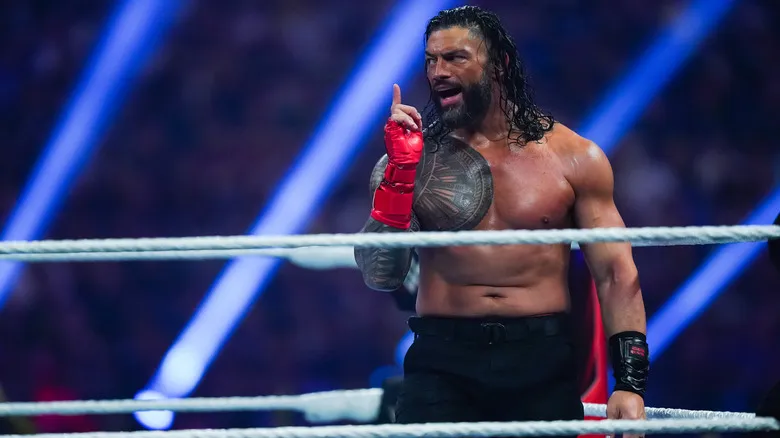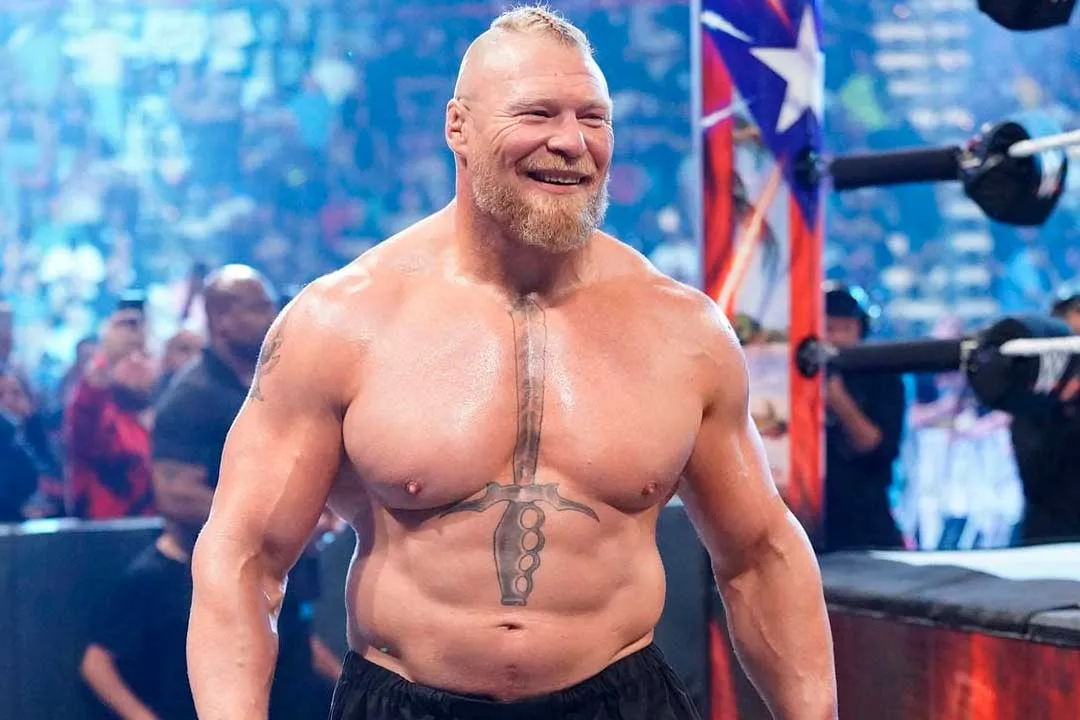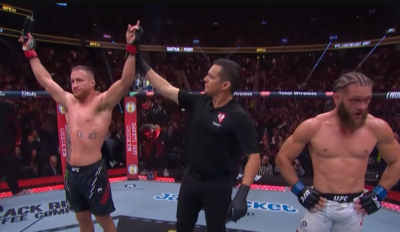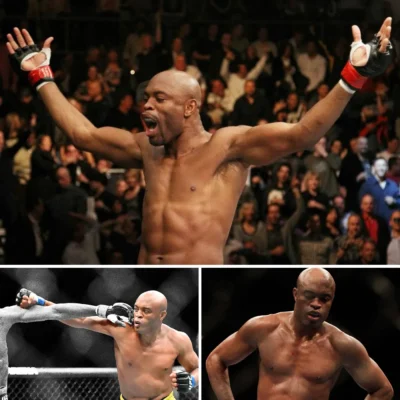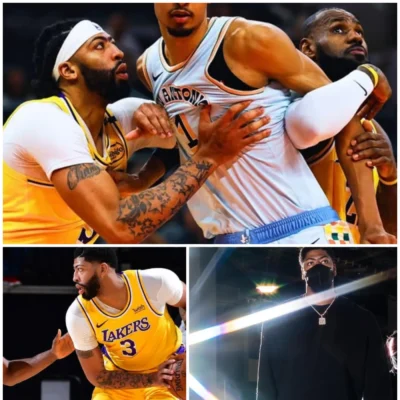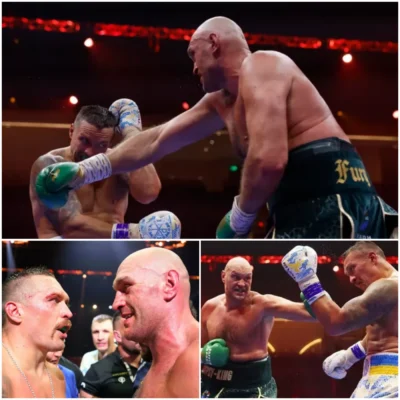
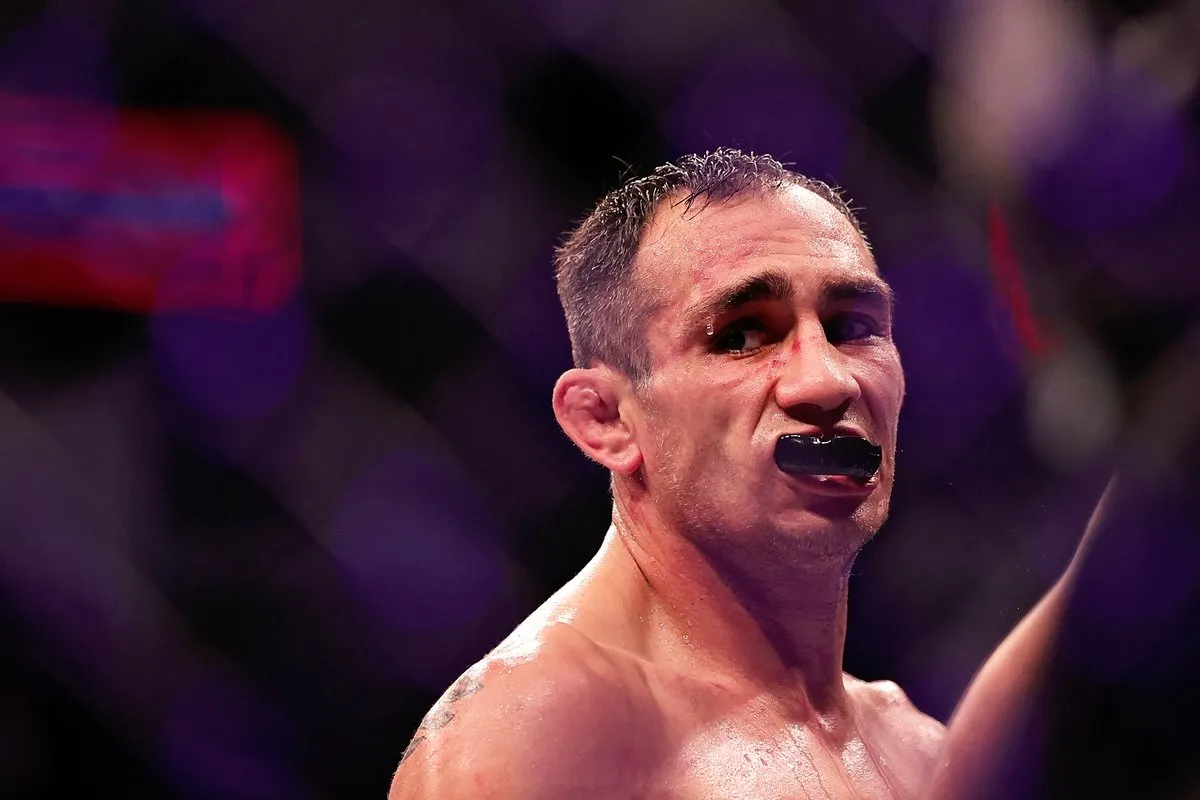
Tony Ferguson’s Decline in the Lightweight Division — And the Real Reasons Behind His Struggles
Tony Ferguson was once the nightmare of the UFC lightweight division. Known for his unpredictable style, granite chin, relentless pace, and ability to finish fights in chaotic fashion, “El Cucuy” looked nearly untouchable during his 12-fight win streak. Yet fast forward a few years, and the narrative has completely shifted. Ferguson recently snapped an eight-fight losing streak by stepping outside the UFC and earning a win in Misfits Boxing, but his UFC career told a different story — one of steady decline, missed opportunities, and questions about what truly went wrong.
In this deep-dive analysis, we’ll break down why Tony Ferguson’s dominance faded, the factors behind his decline, and what his journey says about the brutal reality of MMA longevity.
The Rise of El Cucuy: An Unstoppable Force
Before diving into his decline, it’s important to understand the heights Ferguson once reached. From 2013 to 2019, he compiled one of the greatest streaks in UFC lightweight history.
-
12 consecutive wins in the toughest division in MMA.
-
Victories over top contenders like Rafael dos Anjos, Donald Cerrone, Anthony Pettis, Kevin Lee, and Edson Barboza.
-
A wild fighting style combining Eddie Bravo jiu-jitsu, unorthodox striking, relentless cardio, and mental toughness.
Fans and analysts alike believed Ferguson could be the man to dethrone Khabib Nurmagomedov. Their fight was booked and canceled multiple times, becoming one of MMA’s great “what ifs.”
But after his dominant run, Ferguson’s career took a sharp downturn.
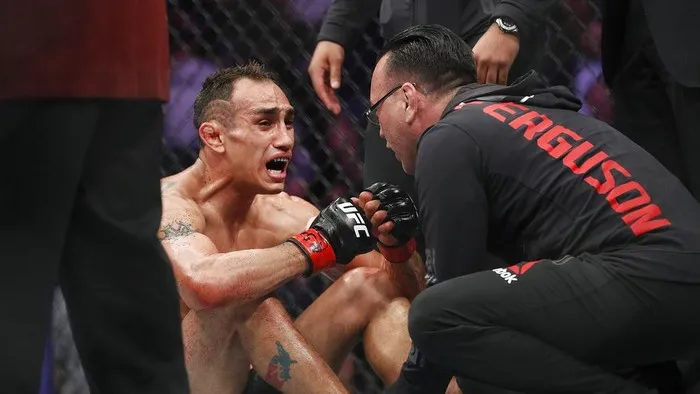
The Turning Point: Justin Gaethje and the Beginning of the End
The first clear sign of decline came in May 2020 at UFC 249. Originally scheduled to fight Khabib, Ferguson instead faced Justin Gaethje for the interim title.
-
Ferguson absorbed enormous damage across five rounds.
-
His legendary durability allowed him to stay standing far longer than most, but the fight ended in a brutal TKO stoppage.
-
Analysts argued that Ferguson “left a piece of himself in the Octagon that night.”
That fight was not just a loss. It was the moment many believed Ferguson’s prime ended. From that point, every fight seemed to highlight a version of him that was a step slower, less durable, and less dangerous.
The Eight-Fight Losing Streak: From Contender to Question Mark
After Gaethje, Ferguson went on a skid that shocked the MMA world:
-
Lost to Charles Oliveira (2020) — Completely dominated on the ground, unable to mount any real offense.
-
Lost to Beneil Dariush (2021) — Similar story: smothered, outgrappled, and neutralized.
-
Lost to Michael Chandler (2022) — A vicious front-kick knockout that went viral.
-
Lost to Nate Diaz (2022) — A short-notice fight that turned into a submission loss.
-
Lost to Bobby Green (2023) — Showed some flashes, but submitted late in the fight.
-
Lost to Paddy Pimblett (2023) — A fight he was expected to win, but he looked outpaced.
-
Lost to Michael Johnson (2024) — A rematch with an old rival, but Ferguson couldn’t turn the tide.
-
Lost to King Green (2024) — The final straw that cemented his eight-fight skid.
This unprecedented streak for a fighter once considered elite raised a simple but painful question: what happened to Tony Ferguson?
Why Did Ferguson Decline So Rapidly?
Several factors explain Ferguson’s downfall, and together they paint a sobering picture of MMA’s unforgiving nature.
Age and Wear-and-Tear
Ferguson’s style was built on chaos. He absorbed punishment, trusted his chin, and overwhelmed opponents with volume. But that kind of fighting takes years off a career. By his mid-30s, his reflexes and recovery slowed, and the damage accumulated.
The Gaethje Fight Changed Everything
The Gaethje loss wasn’t just a defeat — it was a war that seemed to permanently reduce Ferguson’s durability. Fighters rarely come back the same after a sustained beating, and Ferguson looked diminished afterward.
Evolution of the Lightweight Division
The UFC lightweight division continued to evolve with younger, faster, and more well-rounded fighters. By the time Ferguson faced Pimblett or Green, the new generation had already adapted to styles that once gave Ferguson success.
Injuries and Training Habits
Ferguson was known for unorthodox training methods: breakdancing, rolling around in unusual positions, and training like no one else. While it made him unique, it may have also contributed to injuries and prevented his body from recovering optimally.
Psychological Pressure
Losing once is one thing, but losing repeatedly builds a mental barrier. Ferguson’s confidence appeared shaken in later fights, and his once-chaotic offense became hesitant and predictable.
From UFC Downfall to Misfits Glory
In 2025, Ferguson shocked fans by stepping into the world of Misfits Boxing, an unconventional combat sports promotion that mixes influencers, MMA veterans, and entertainment-driven events.
There, Ferguson finally snapped his losing streak with a victory. While not the same as a UFC win, it gave him a brief sense of redemption and allowed fans to celebrate “El Cucuy” again.
The win highlighted two things:
-
Ferguson still has the heart and fighting spirit that made him a fan favorite.
-
But at the highest level of MMA competition, the Ferguson of old may never return.
Comparing Ferguson’s Decline to Other Legends
Ferguson is not the first elite fighter to fall off so dramatically. Similar patterns have been seen with:
-
BJ Penn: Another lightweight legend who went on a long losing streak late in his career.
-
Tony Ferguson and Donald Cerrone: Both relied on toughness and output but faded quickly once durability slipped.
-
Anderson Silva: Though still skilled, once his chin cracked, his aura of invincibility faded.
The common theme? In MMA, once durability goes, everything else follows.
The Legacy of Tony Ferguson
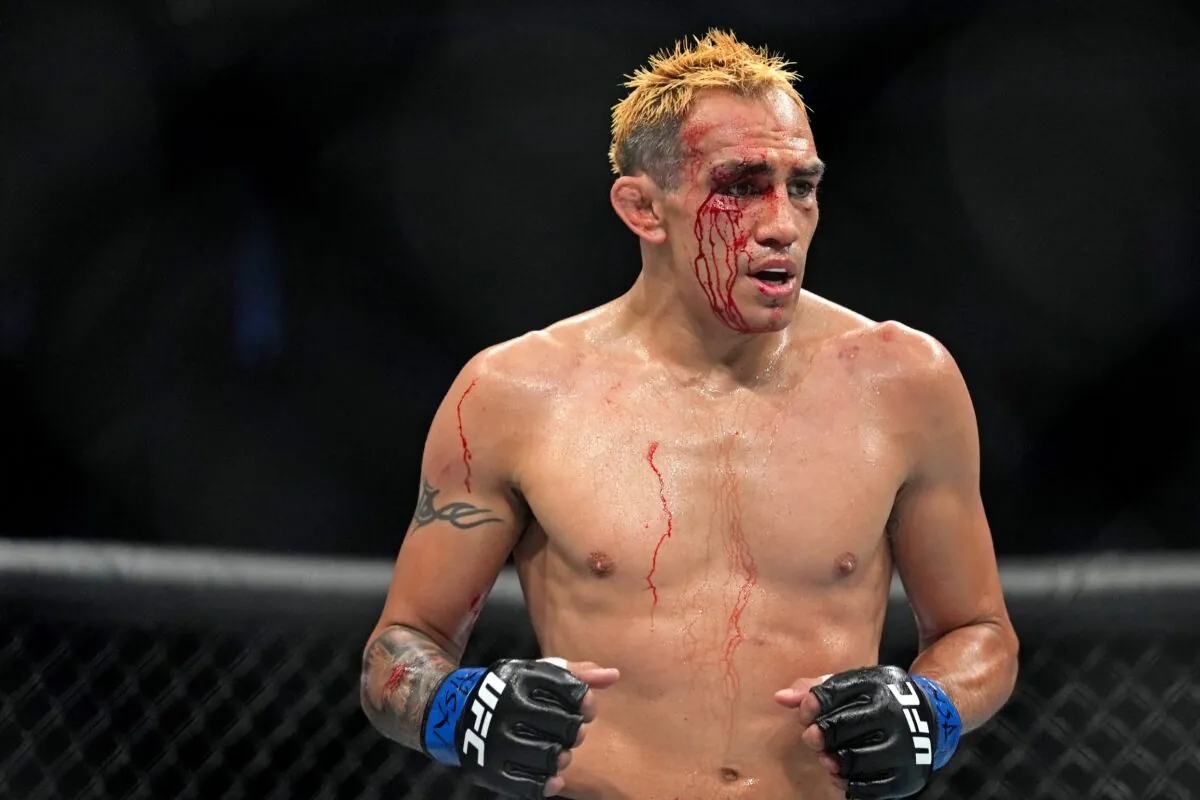
Even with the decline, Ferguson’s place in MMA history is secure:
-
One of the most exciting fighters ever — win or lose, his fights were chaos.
-
An interim lightweight champion with one of the greatest win streaks in UFC history.
-
A fighter fans loved not just for victories but for his unorthodox personality and creativity inside the cage.
His decline may sting, but his legacy as “El Cucuy” — the boogeyman of the lightweight division — will never be forgotten.
Why Fans Still Care
Despite his losing streak, Ferguson still commands attention. Why? Because he represents the essence of MMA: unpredictability, grit, and vulnerability. Fans don’t just watch for perfect records; they watch for fighters who leave everything in the cage. Ferguson embodies that spirit, even in defeat.
Conclusion: The Harsh Reality of MMA
Tony Ferguson’s story is both inspiring and cautionary. His rise showed how creativity and chaos can dominate even the toughest division in the UFC. His decline reminded us that no fighter is immune to time, damage, and evolution of the sport.
From UFC downfall to Misfits glory, Ferguson’s journey has been anything but ordinary. He may never return to his prime form, but his career reflects the beauty and brutality of MMA — where legends rise, fall, and still find ways to inspire.








